All Science
 MIT scientists engineer 'cells that talk to each other'
MIT scientists engineer 'cells that talk to each other'Researchers can now modify the components of biofilms produced by E. coli cells by having different cells communicate with each other.
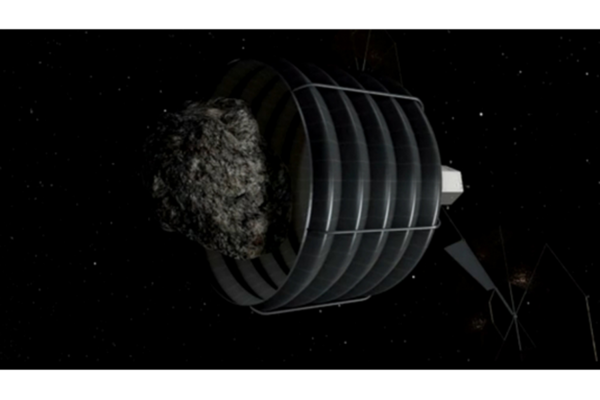 NASA wants to lasso an asteroid, but which one?
NASA wants to lasso an asteroid, but which one?NASA scientists have identified a dozen or so space rocks for its asteroid-retrieval mission, which it hopes to accomplish by 2025.
- Huge 'chicken' dinosaur, a.k.a. 'Mesopotamian feathered demon,' discovered
The Anzu wylieli lived at the same time as the T-Rex. It was 10 feet tall, feathered, and weighed about 500 pounds.
- Fossil fern: not much to show for at least 180 million years of evolution
Royal ferns have long been seen as 'living fossils.' A study of an ancient specimen, unearthed from volcanic deposits in Sweden and perfectly preserved, confirms a cellular match with living ferns.
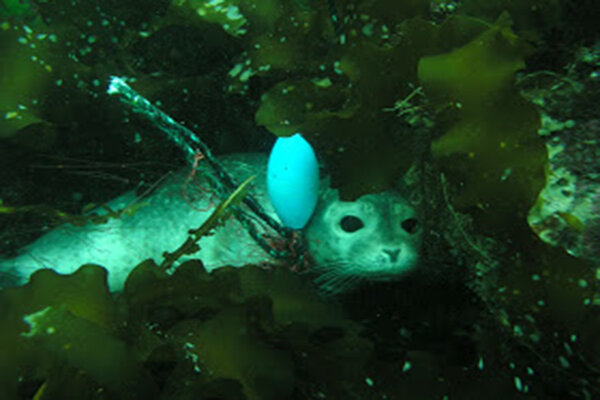 US fisheries laying waste to marine life, says report
US fisheries laying waste to marine life, says reportThe ocean conservation group Oceana says that between 17 and 22 percent of US catch is tossed back into the sea.
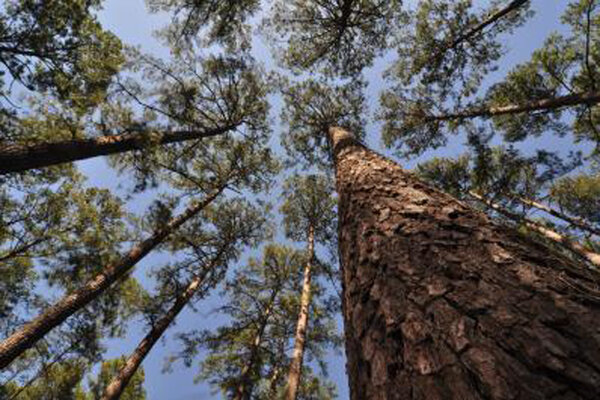 Scientists sequence a genome seven times bigger than yours
Scientists sequence a genome seven times bigger than yoursUsing haploid DNA and advanced computer technology, researchers have finally managed to sequence the genome of the loblolly pine tree.
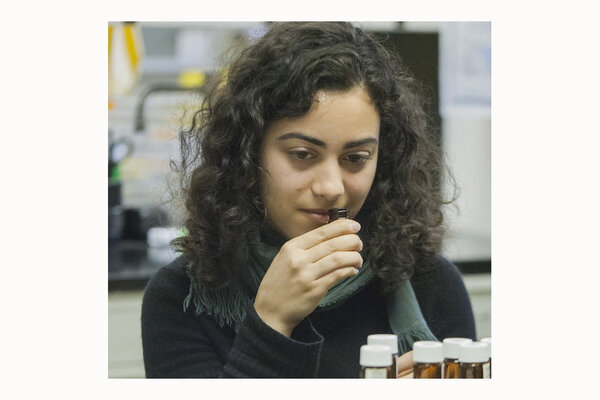 Human nose can sniff out one trillion distinct odors, say scientists
Human nose can sniff out one trillion distinct odors, say scientistsWe humans may not always smell good, but we do smell well, reports a new study that overturns the long-held notion that humans can detect only 10,000 different aromas.
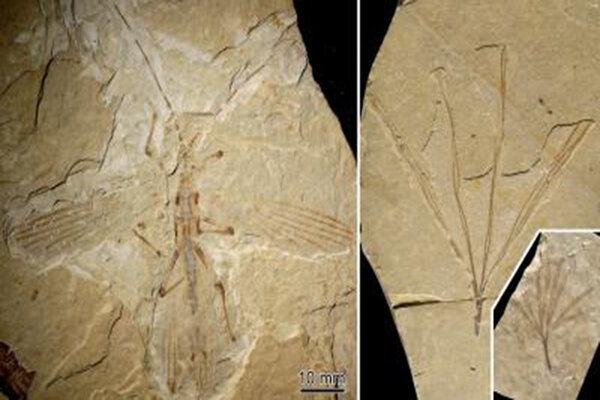 Paleontologists spot stick insect fossil camouflaging itself as a stick fossil
Paleontologists spot stick insect fossil camouflaging itself as a stick fossilPaleontologists have unearthed the oldest known remains of a stick insect species, which is thought to have mimicked plants in the Early Cretaceous period.
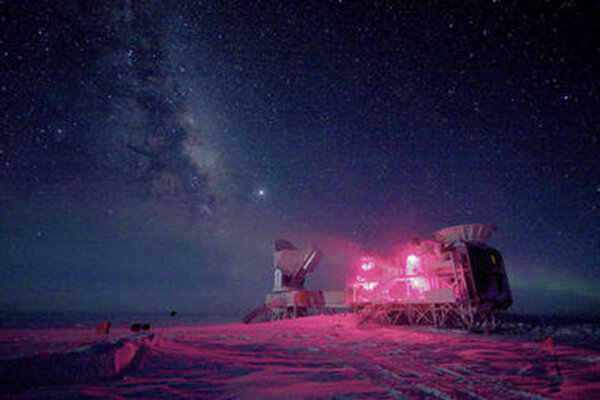 Did scientists really have to go to the South Pole to spot those Big Bang waves?
Did scientists really have to go to the South Pole to spot those Big Bang waves?The cold, dry climate of Antarctica is perfect for astronomy, say scientists.
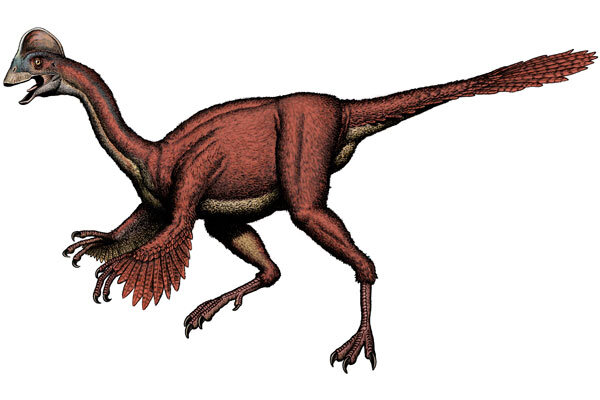 'Strange' dinosaur was closest thing to a bird without being one
'Strange' dinosaur was closest thing to a bird without being oneScientists have pieced together a full skeleton of Anzu wyliei, which is not only 'really neat looking,' but suggests that dinosaurs might have been thriving before a cataclysmic extinction event.
- Europeans beat Polynesians to South America, says chicken DNA
A study of chicken DNA could put to rest an earlier hypothesis that Polynesians journeyed to South America in pre-Columbian times.
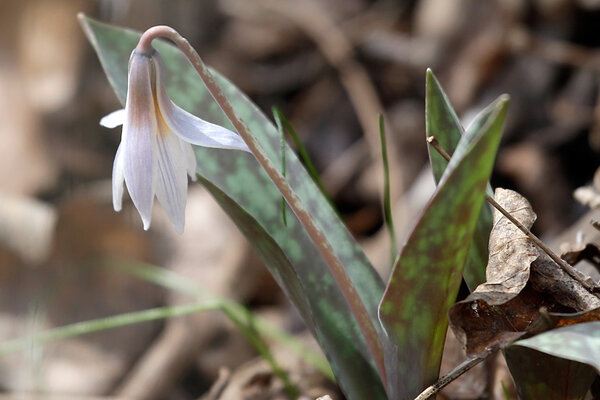 How wildflower study shows complex effects from global warming
How wildflower study shows complex effects from global warmingA research team found that over four decades, global warming has added 35 days to the wildflower season in the southern Colorado Rockies. But the team's data reveal nuances that other studies have missed.
- Big Bang waves: Was Einstein wrong?
Big Bang waves: The recent detection of gravitational waves suggests that, an instant after the Big Bang, the universe expanded faster than the speed of light. Does this contradict Einstein's special theory of relativity?
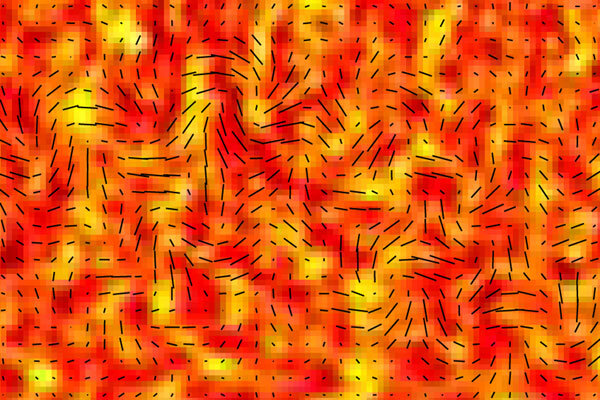 Big bang waves: direct evidence of universe's extraordinary expansion
Big bang waves: direct evidence of universe's extraordinary expansionScientists have posited that inflation, a fleeting period of exponential growth just after the big bang, was central to the universe's structure today. Now they have a hint that they are right.
- Los Angeles earthquake a prelude to something bigger?
Los Angeles earthquake: A 4.4-magnitude tremor shook Los Angeles on Monday. Are more quakes on the way?
- MESSENGER images reveal that Mercury is shrinking
Images from NASA's Mercury-orbiting MESSENGER spacecraft suggest that the planet has contracted by as much as 8.6 miles in diameter over the past 4 billion years.
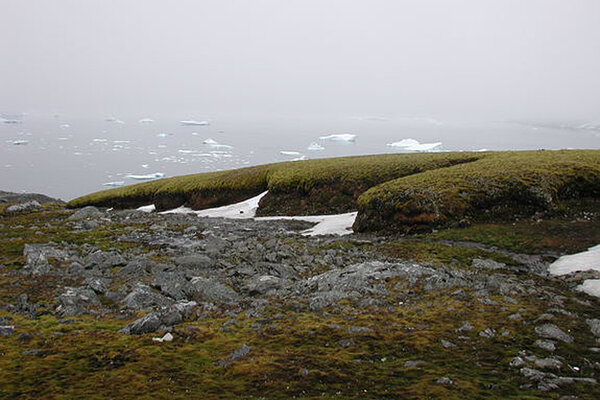 Scientists revive 1,500-year-old Antarctic moss
Scientists revive 1,500-year-old Antarctic mossScientists have coaxed back to life moss that had been frozen on an Antarctic island for more than 15 centuries.
- Fukushima radiation: Coming to a West Coast beach near you?
Volunteers will be testing Pacific Ocean samples for Fukushima radiation, expected to be well-below hazardous levels when it arrives on the US West Coast in April.
- Pi day: How to memorize the world's most famous irrational number
From images and stories to poems and songs, there are numerous ways to sharpen your memory and improve your retention span
 Pint-sized 'polar bear lizard' Tyrannosaur shrank to survive extreme weather
Pint-sized 'polar bear lizard' Tyrannosaur shrank to survive extreme weatherNanuqsaurus hoglundi, a ‘pygmy tyrannosaur’ point toward a revised conception of the ancient Arctic, which was relatively warmer, say researchers.















